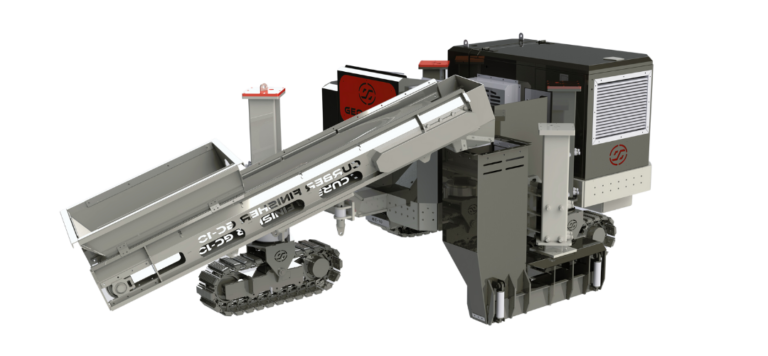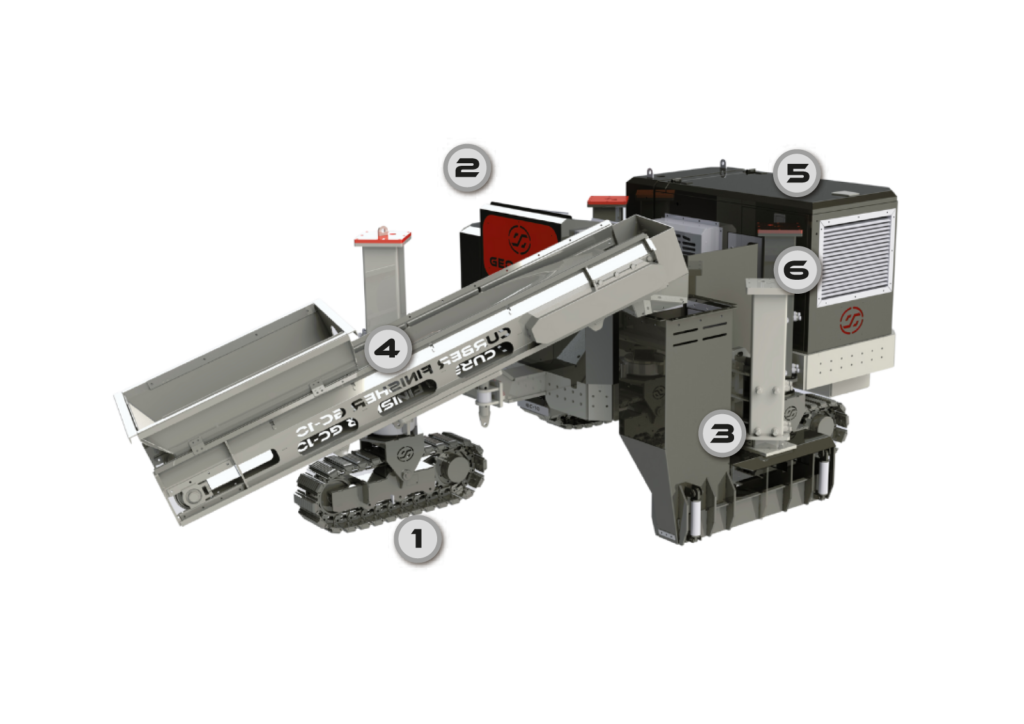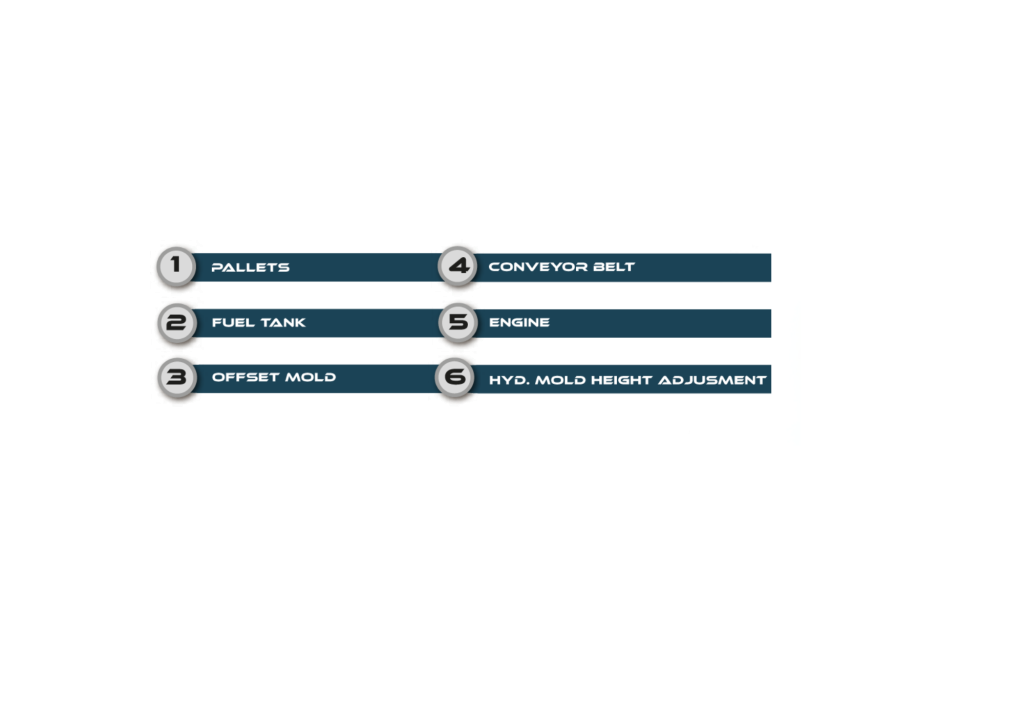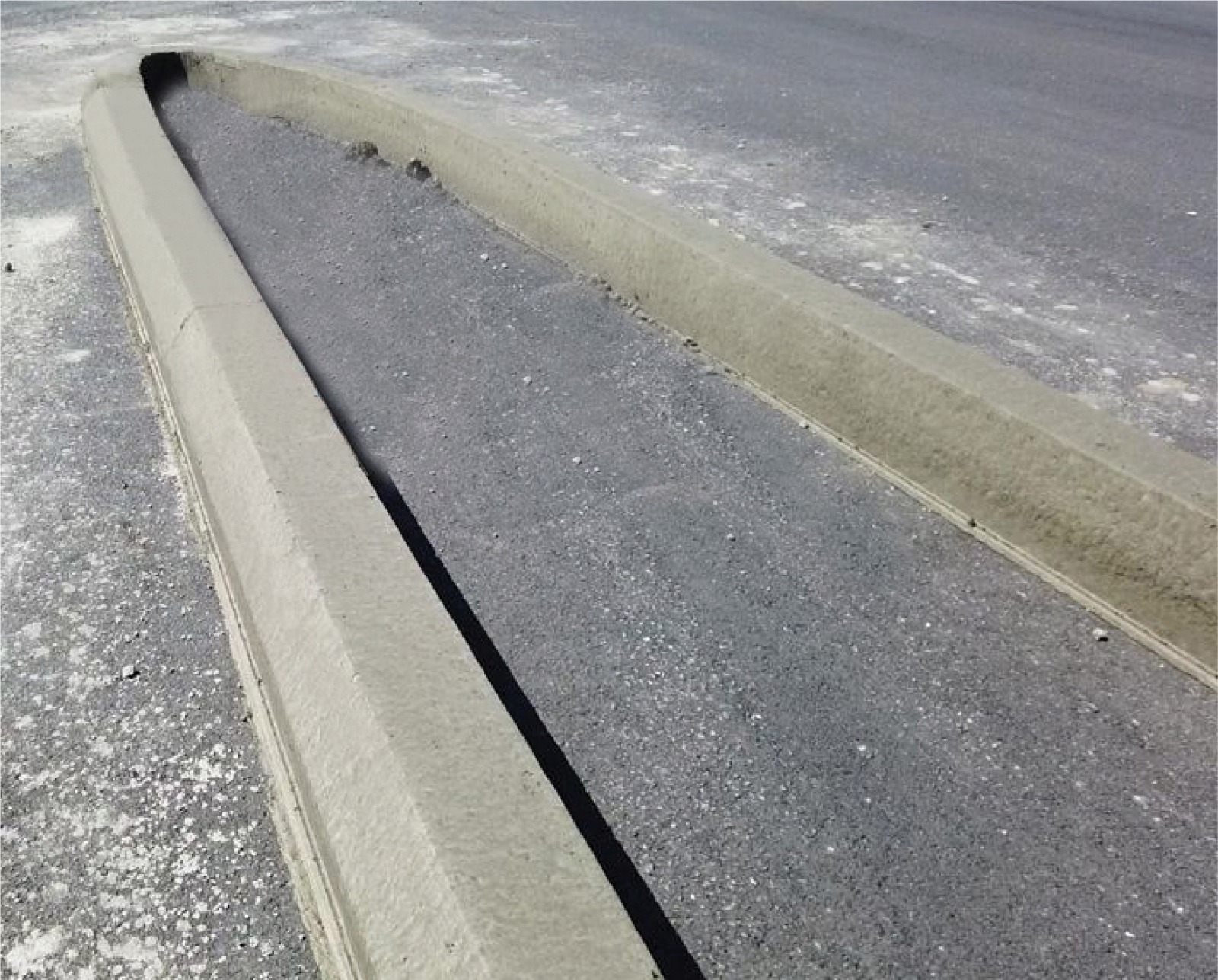

The Most Profitable in its Sector

EU Stage 3 /
US Tier 3

1000
mm

500
mm


Curbs are used to separate sidewalks and medians from the road, especially in the construction industry. These structural elements help to direct rainwater from the road surface towards the infrastructure, thus preventing puddling on the roads and allowing water to flow in an orderly manner. Usually made of durable materials such as concrete or granite, curbs are important for both infrastructural functionality and aesthetics.
Exhaust emissions category
EU Stage 3 / US Tier 3
Number of track units
3
Operating weight, CE
5400 kg
Displacement
4 I
Hydraulic height adjustment
400 mm
Max. working speed
10 m/min.
Max. travel speed
15 m/min.
Max. mould width
1000 mm
Max. mould height
500 mm
Height adjustment, mechanical
150 mm
Rated power
45.5 kW / 61 HP
Lateral adjustment of mould
400 mm
Roadside kerbs are an important part of urban planning and have many benefits. Firstly, curbs improve safety by separating pedestrian and vehicular traffic. They also play a critical role in diverting rainwater, preventing it from accumulating on the roads and improving driving conditions. Curbs also mark the transition between pavement and road, providing a safer walking space, especially for the visually impaired. Curbs also contribute to aesthetics and make the cityscape look organized and attractive. Finally, curbs help to protect infrastructure systems, helping to remove materials and debris that can damage water drainage channels. Curbs are therefore indispensable not only for traffic safety and water management, but also for urban aesthetics and infrastructure protection.
